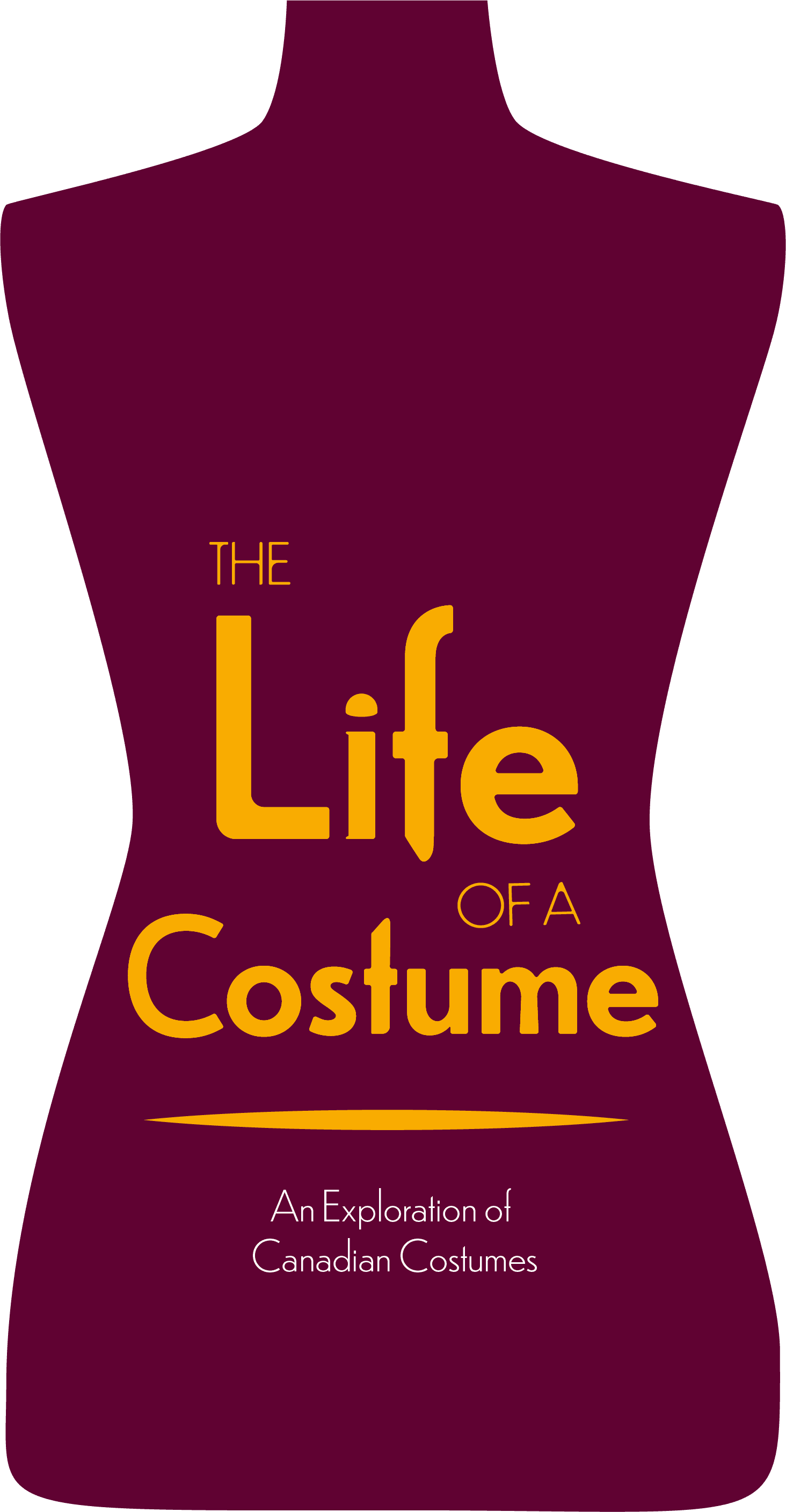
Research resource you cannot live without:
Photos/snapshots, and paintings (figurative or not) are very precious for the colour palette. Also books, magazines, catalogues, etc. I must say that the research is now much easier with internet.
Favourite costume hack:
I often do the chronology before the 1st AD or the Continuity person in order to figure how many costume changes – and have it approved by the Director.
Reflection on career:
I can say that my main goal over all the years was to be useful and accurate, to serve projects, texts, and concepts, to bring to life the personages of each story, and to make actors happy and secure.
The Creative Process
The creative process for Louise Jobin always begins with the script. The script is the key to discovering the background of the characters, the time and place they exist within, their socioeconomic position, and their journey. The first step of her process is to read the script all the way through making notes on her first impressions.
Next, she progresses to a full breakdown of the details in the script to identify the chronology of the story and the evolution of each character within it, including notes on possible costumes. Once the preliminary breakdown is approved by the Director, she transitions into the visualization phase of the process. Visualization includes research, mapping out colour palettes and identifying possible style directions in preparation to meet with her creative team.
Career Highlights
Alongside a rewarding career designing costumes and sets for films and television, Louise has shared her knowledge by teaching for nearly 30 years at the National Theatre School. She is very proud of her work with her union, contributing towards establishing standards of working conditions for her fellow technicians through contract negotiations. Since its opening in 2016, Louise has worked as a consultant for the rental house, Le Grand Costumier and helped to keep up the costume collection from Radio-Canada. It has been rewarding to share her passion for costume and restoration with future generations.
Louise won her first Genie Award for Cordelia, directed by Jean Beaudin, in 1978. Her first feature film was La Course Du Lièvre À travers les Champs, directed by René Clément in 1971.
Background
After reading The Scarlet Pimpernel, Louise made her first attempt at a costume, a Duchess gown for a small doll. She began her career in 1964 working on summer shows for children for Parks of Outremont City, making costumes for the young actors. With very little experience, she was working without patterns, often sewing the costume right on the actor while fitting it. By the end of the summer, she had met director André Brassard who asked her to do the costumes for François Villon with no budget. Her first official show was for the Dominion Drama Festival in Quebec and went on to be performed in Victoria, BC. From 1966 -1968 she worked as a costume assistant for Radio-Canada. Here she learned how to manage and organize major productions with large casts. Working for Radio-Canada was the best form of education to prepare Louise for a career in the costume industry.
Challenging Project
Louise’s second film as a designer was Les Ordres, directed by Michel Brault in 1973. The film was about the 1970 October Crisis, the War Measures Act and the mass arrests. This photo was taken on the first day of shooting. The first day they were establishing the looks for all the principal characters plus about 200 extras. This included different police corps, detectives, guards, and other civilians arrested. The entire experience was challenging, but rewarding.
Reflection on career
“I can say that my main goal over all the years was to be useful and accurate; to serve projects, texts, concepts; to bring to life the personages of each story, to make actors happy and secure as well as my crew.”
Louise Jobin
